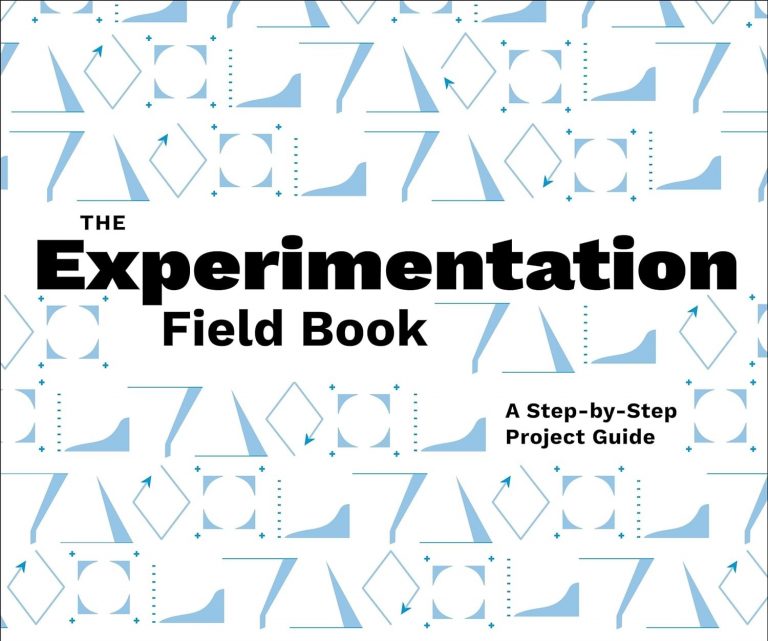UX in the era of the Internet of Things
As we develop smarter “thingsâ€, we’ll have to more smartly research and design them for their human environments, writes Ted McCarthy, XD researcher at ThoughtWorks.
“Technology notoriously runs many times faster than government, and we need to design our emerging technologies well in order to ensure their proper use. A user-centered approach to these technologies can help ensure users understand both the potential and risks in these emerging technologies. User experience (UX) research can help technology designers understand user contexts and perceptions in the IoT, and educate those users about its realities. UX is the human touch that helps connect the loop at the point of “thing†and human contact.” […]
“The IoT stands to greatly improve [the qualitative research] process. One prominent method that should see increased use as we move more clearly into a future of distributed, connected devices is that of Ecological Momentary Assessment (EMA), or experience sampling. EMA is simple, and consists only of obtaining frequent qualitative measurements from study participants, generally over the course of a day, week, or month. While research requiring data input of this kind was once burdensome and unreliable – it often required users to complete paper diaries and remember their feelings from hours earlier in the day – mobile phones, watches, and other connected devices are ideal for this kind of study. Mobile devices are almost always with users, can alert them to when they need to input data, and can be filled out discretely. While it might make some uncomfortable to pull out a paper diary at a bar with friends, a mobile phone diary can be updated without drawing unwelcome attention.”



